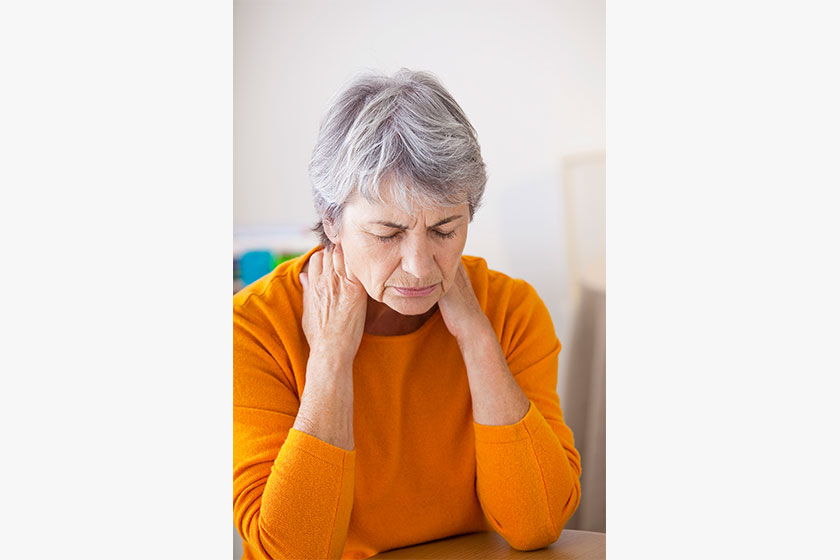Turning 50 often brings a wave of contemplation and overthinking, especially about health and lifestyle choices. It’s a pivotal age where the risk of falling into a sedentary lifestyle increases significantly. This lifestyle, characterized by prolonged periods of inactivity, can have detrimental effects on both physical and mental health. However, this doesn’t have to be your story. By understanding the risks and embracing proactive strategies, you can maintain an active and fulfilling life even after 50. Let’s explore how to break the cycle of overthinking and avoid a sedentary lifestyle.
Understand the Risks of Inactivity
The first step in combating a sedentary lifestyle is understanding its risks. Lack of physical activity can lead to various health issues such as obesity, heart disease and diabetes. It’s not just physical health that’s at stake; mental well-being also takes a hit. Inactivity can lead to increased feelings of anxiety, depression and a decline in cognitive function. Recognizing these dangers is crucial for motivating yourself to stay active. Remember, awareness is the key to prevention. By knowing what’s at risk, you’re more likely to make conscious efforts to keep moving and stay engaged in life.
Set Realistic Goals
Overthinking can often lead to unrealistic goal-setting, which in turn leads to disappointment and a return to inactivity. The trick is to set achievable, realistic goals. Start with small, manageable activities like a daily 15-minute walk, gradually increasing the duration and intensity. Goals should be specific, measurable and time-bound. Celebrate small victories; each step you take towards an active lifestyle is a win. Remember, consistency is more important than intensity. Regular, moderate activity is far more beneficial than occasional high-intensity exercises.
Find Activities You Enjoy
One of the best ways to combat a sedentary lifestyle is to engage in activities you genuinely enjoy. The Leisure Events and Activities program at the retirement community offers a multitude of hobby choices, providing you with diverse options to enjoy and stay active. It could be gardening, dancing, swimming, or even joining a local walking group. The key is to find something that doesn’t feel like a chore. When you enjoy what you’re doing, it’s easier to make it a regular part of your life. Experiment with different activities to see what excites you. The joy and satisfaction you derive from these activities will naturally motivate you to be more active.
Build a Support Network
Having a support network can significantly impact your journey to an active lifestyle. Surround yourself with friends and family who encourage and participate in physical activities with you. Joining clubs or groups that focus on physical activities can also provide the necessary motivation and support. A retirement community not only brings together peers to enrich your life but also offers engaging community events that foster a sense of camaraderie, strengthening the bonds among residents. Shared experiences in physical activities not only help in staying active but also in building strong social connections. These connections are vital for mental well-being, especially as we age.
Incorporate Technology Wisely
Technology can be a useful tool in avoiding a sedentary lifestyle. Fitness trackers, mobile apps and online exercise programs can provide guidance and keep you motivated. They help in setting goals, tracking progress and even connecting with others on a similar journey. However, it’s essential to use technology wisely. Don’t let it become a source of stress or overthinking. Let it be a tool that aids your journey to an active lifestyle, not something that overwhelms you.
It is crucial for individuals to recognize the potential pitfalls of overthinking and its adverse effects on leading a sedentary lifestyle. Overanalyzing situations and succumbing to negative thoughts can contribute to a decline in physical activity and overall well-being. Don’t let overthinking be a barrier to a vibrant and fulfilling life after 50—prioritize both mental and physical well-being for a more active and enjoyable future.







